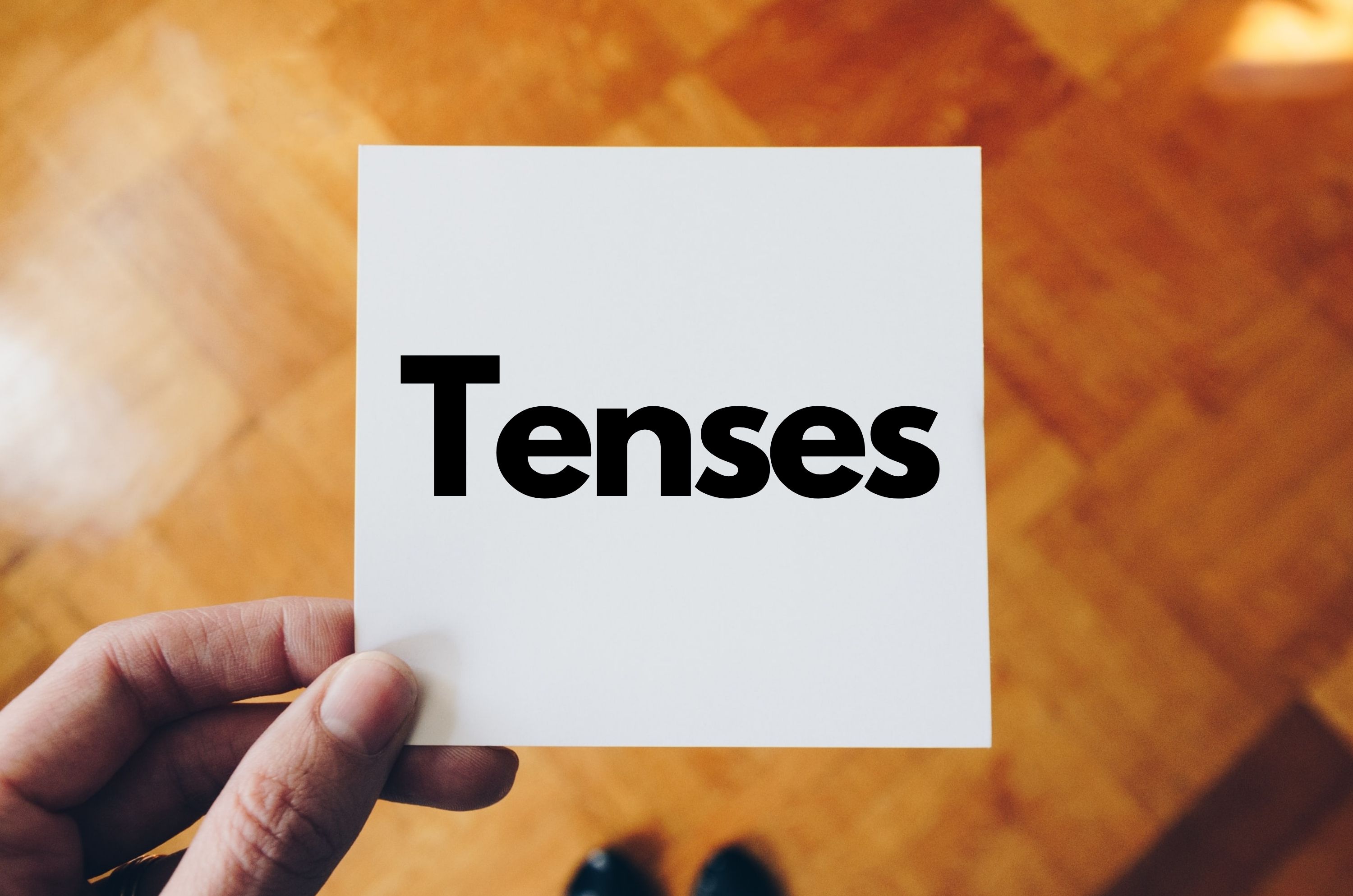Tenses
Verbs, in English Grammar, have three tenses: past, present and future. The past tense usually describes the things that have already taken place. The present tense is used for things that are taking place right now and the future tense is used to describe things that are yet to take place.
The most common error we make is the error of using the wrong tense while speaking or writing.
For example – It is snowing for two days. This statement is incorrect.
The correct statement will be – It has been snowing for two days.
Here, we have made an error by using present continuous instead of present perfect continuous. Similarly, while talking about an action we may use the wrong tense. To avoid such an error, it is important to know the different types of tenses and their uses.
Now, each of these tenses can be further divided into four types: Simple, perfect, continuous and perfect continuous.
1. Simple Present: It is used to describe the actions that take place repeatedly, to illustrate facts, to describe actions taking place one after another.
For example: I go for a walk every day.
2. Present perfect: It describes an action that has started in the past and continues till the present.
For example: He has gone for a walk.
3. Present Continuous: It describes an action that is happening at the same time as speaking.
For example: I am going for a walk.
4. Present perfect continuous: It describes an action that had begun in the past but has just stopped.
For example: I have been walking in the park.
5. Simple past: It describes an action carried out in the past.
For example: Last night, I went for a walk.
6. Past perfect: It describes an action that has taken place before a certain period of time in the past. It emphasizes the fact than on the duration.
For example: I had gone for a walk.
7. Past continuous: It describes an action that has taken place before a certain time in the past. It puts emphasis on the duration or course of action.
For example: I walked for an hour last night.
8. Past perfect continuous: It describes how long an action had taken place before another action took place.
For example: I learnt to walk at least a year earlier than my sister.
9. Simple Future: It describes an action to be done in the future that cannot be influenced.
For example: I will go for walks as much as I can this week.
10. Future Perfect: It describes an action that will have already taken place before a certain time in the future.
For example: I will have collected at least 100 sea-shells by the end of this month.
11. Future Continuous: It describes an action that will have already taken place before a certain time in the future. Here, the emphasis will be on the length of the time or on the duration of the action.
For example: I will be going for a walk soon.
12. Future perfect continuous: It describes how long an action will take place for, before another action takes place.
For example: I will study for at least two hours before sleeping tonight.
Hence, in order to avoid making the error of tense, it becomes important to be clear about the different types of tenses and their particular uses. Keep the above classification in mind and with a little practice, you will not be making any errors.


